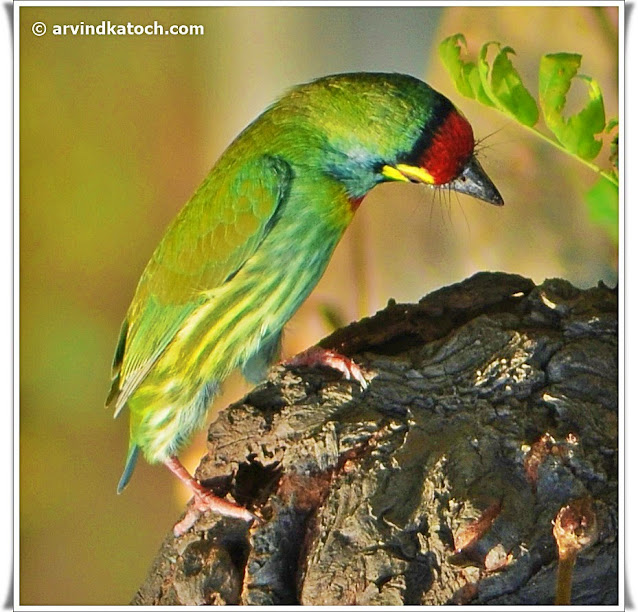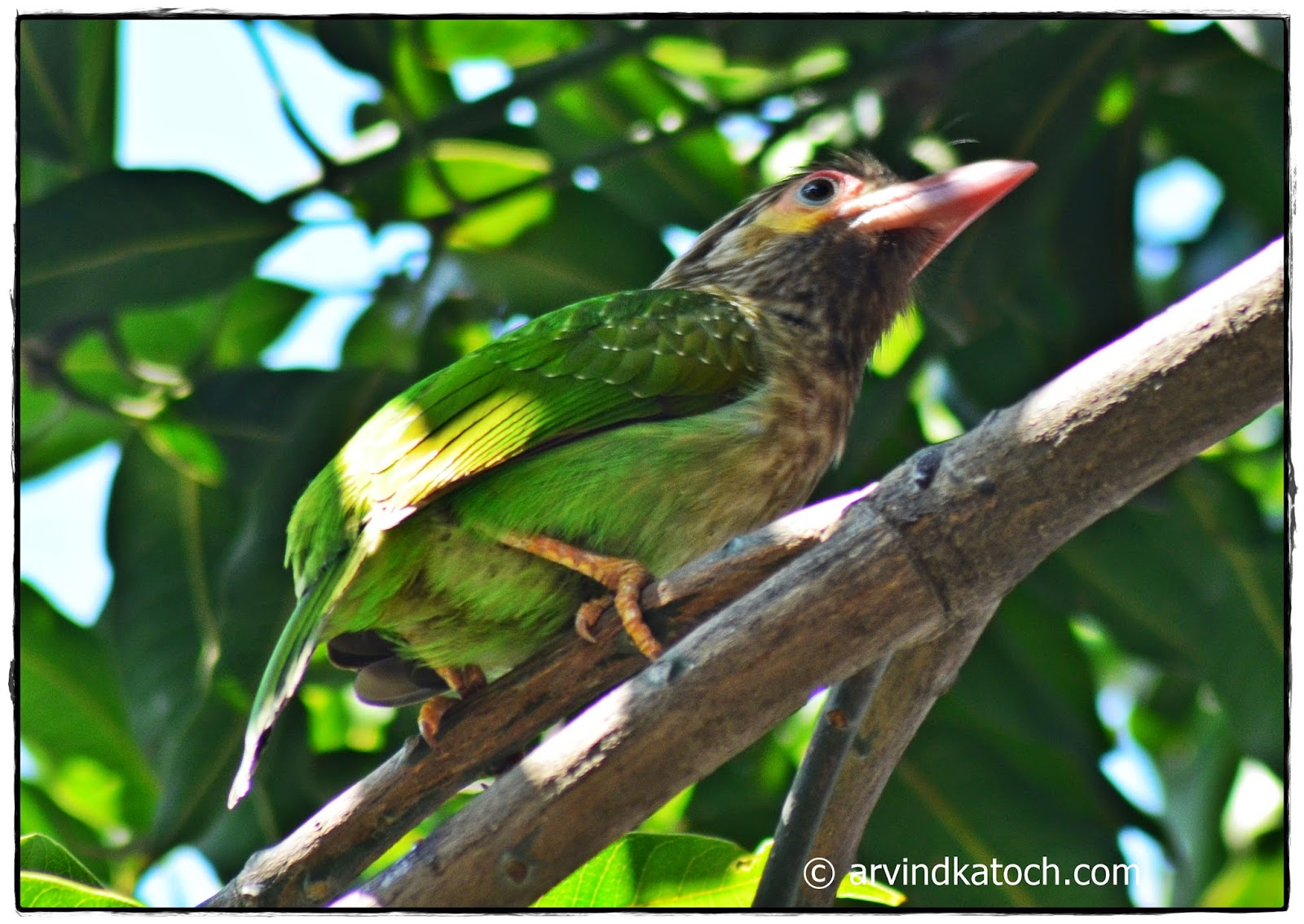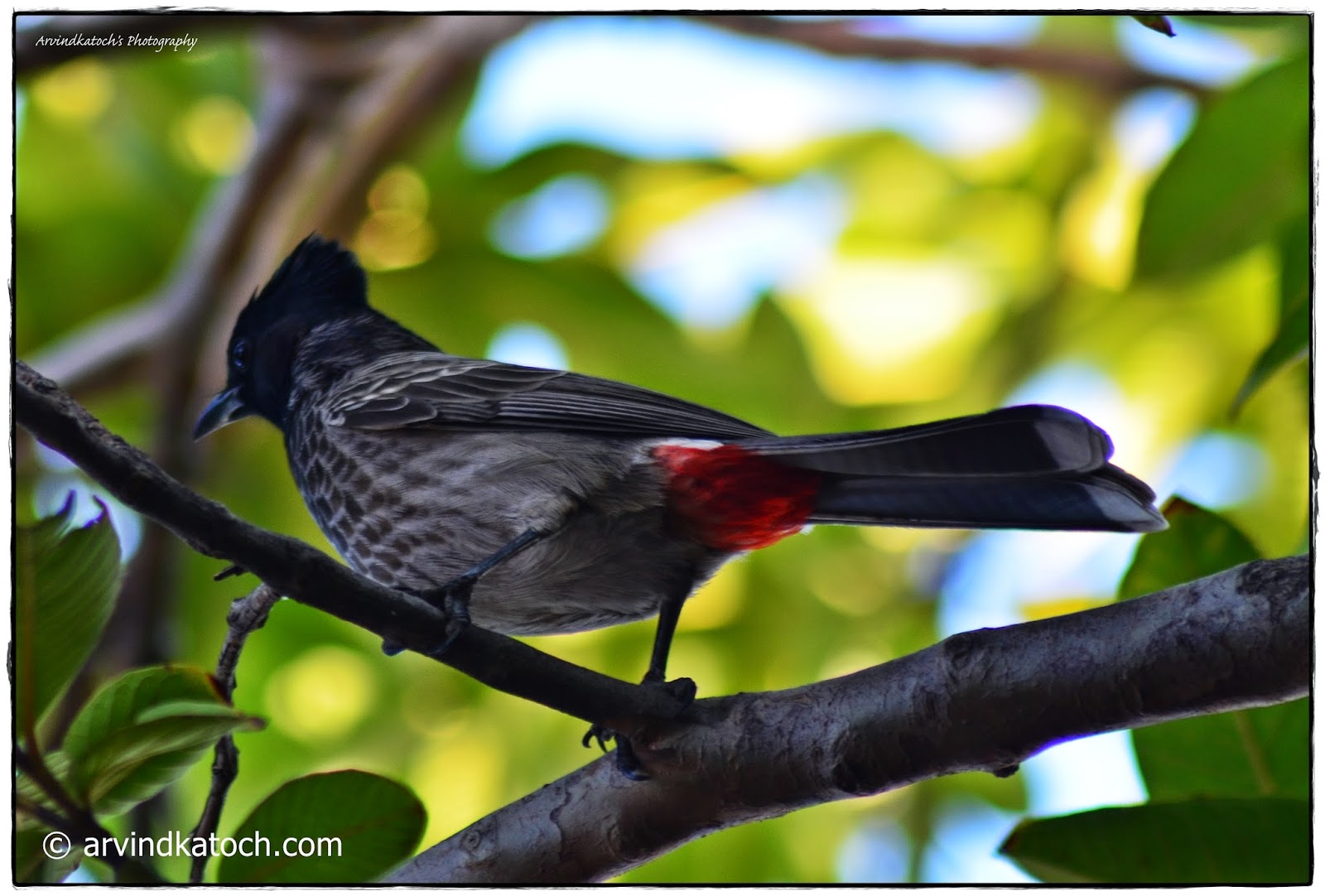The Spot-billed Duck (Anas Poecilorhyncha) Pictures and Detail
 |
| A Pair of Spot Billed Ducks |
The Spot-billed Duck (Anas Poecilorhyncha) Pictures and Detail
During my recent visit to Ropar (Rupnagar) wetland, I spotted two Spot-billed ducks enjoying in the water. Therefore, I decided to take some of their pictures. I went close to them and sat silently on the bank of the river.
Buy This Beautiful Spot-billed Duck Pair Swimming Picture Canvas Gallery Wrap -
Now you can own this beautiful picture of two Spot-billed Duck pair swimming together. This canvas is available in three sizes of 20" X 10", 36" X 12", 60" X 20". You can increase the home/wall decor of your home with this beautiful Canvas. Click to Buy Spot-billed Duck Canvas
For twenty minutes, I got a chance to witness many movements of this pair of ducks. In general, they avoid coming close to humans because of illegal hunting; however, I was lucky that they came close to me.
It was the pair of male and female spot-billed duck and there were rotating around a specific location. The birds in the picture are Indian spot-billed ducks. The scientific name of these birds is Anas poecilorhyncha.
These birds (ducks) are very good both at flying and floating over the water. It is very nice to watch taking flight from the water.
These ducks are mainly gray in color and have a black bill with yellow tip. We can also spot red color on their forehead of male Spot-billed duck, this mark is either missing in the female or it is not very significant. Femalespot -billed ducks are smaller in size as compared to male spot-billed ducks. It is common to find Spot-billed ducks in pairs like in the first picture.
These ducks are very good swimmers and they can even swim in the flowing water. These ducks live in fresh water lakes and marshes. They mainly feed on underwater plant food.
In the picture below, you can see the Spot-billed duck comfortably flying over the water. You can see they fly so close to the water.
In this other picture, you can see a Spot-billed Duck opening its wings to start flying. They fly very fast when they see any threat.
I hope that with the help of these pictures, I can now easily spot a Spot-billed duck.
 |
| Male Spot-billed Duck |
These ducks are mainly gray in color and have a black bill with yellow tip. We can also spot red color on their forehead of male Spot-billed duck, this mark is either missing in the female or it is not very significant. Female
 |
| Spot-billed Duck |
In the picture below, you can see the Spot-billed duck comfortably flying over the water. You can see they fly so close to the water.
 |
| Spot-billed Duck flying over the Water |
 |
Important Points about Spot-billed Duck-
Appearance: Spot-billed ducks are medium-sized waterfowl with a distinctive appearance. They have a brownish-gray plumage with white spots on their wings. Their most prominent feature is the yellowish spot or speckling on their bill, which varies in size and shape. The bill is broad and flattened, adapted for filter-feeding on aquatic vegetation.
Habitat: These ducks are highly adaptable to various wetland habitats, including: Freshwater lakes, Rivers, Marshes, Rice paddies, Coastal lagoons etc.
Distribution: Spot-billed ducks are native to parts of Asia, including: India, Sri Lanka, Southeast Asian countries, Parts of China and Bangladesh.
Diet: They are primarily herbivorous, feeding on a diet that includes: Aquatic plants, Seeds, Small invertebrates, Insects etc.
Breeding: Spot-billed ducks usually breed during the monsoon season, building nests near water bodies. They lay a clutch of eggs, and the female incubates them.
Behavior: These ducks are often seen in small flocks, particularly during the non-breeding season. They are known for their social behavior and vocalizations, which include loud quacking sounds.
Conservation Status: The conservation status of Spot-billed ducks varies by region. In some areas, they face habitat loss and hunting pressure, while in others, they are considered relatively stable.
Migration: Some populations of Spot-billed ducks are migratory, while others are sedentary, depending on their habitat and geographical location.
Ecosystem Role: Spot-billed ducks play a crucial role in the ecosystems they inhabit by helping to control insect populations and dispersing plant seeds.
Cultural Significance: In some cultures, Spot-billed ducks may have traditional or symbolic value.
These points provide an overview of the Spot-billed duck's characteristics and its ecological role in its natural habitat.
.png)










Comments
Post a Comment